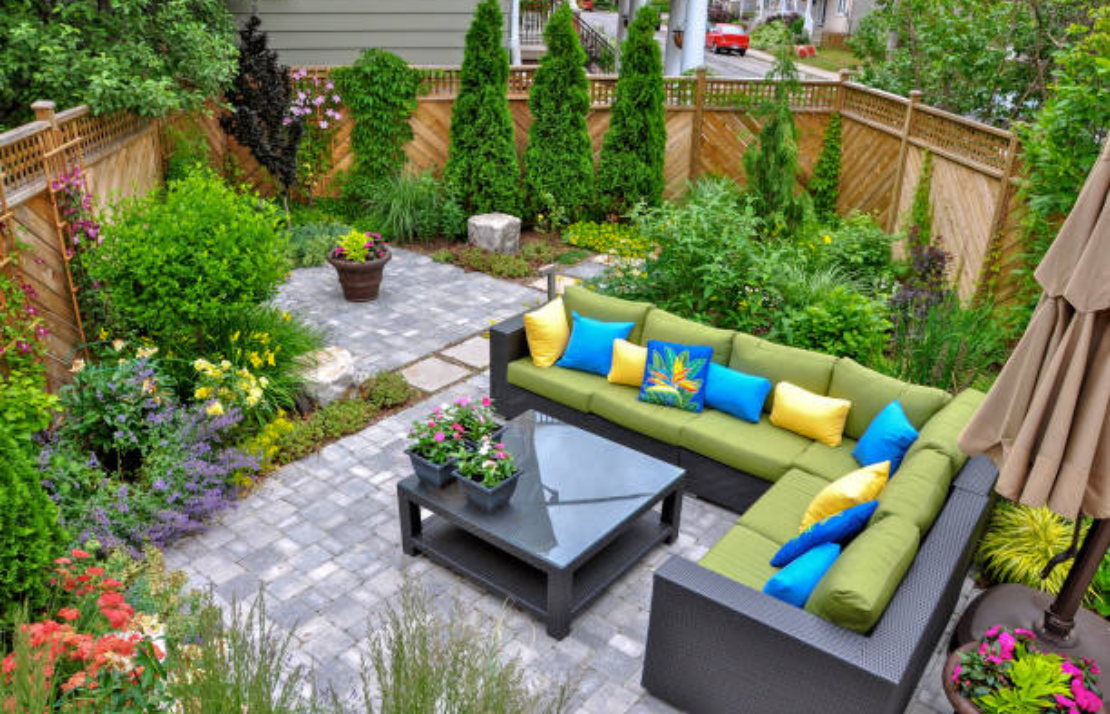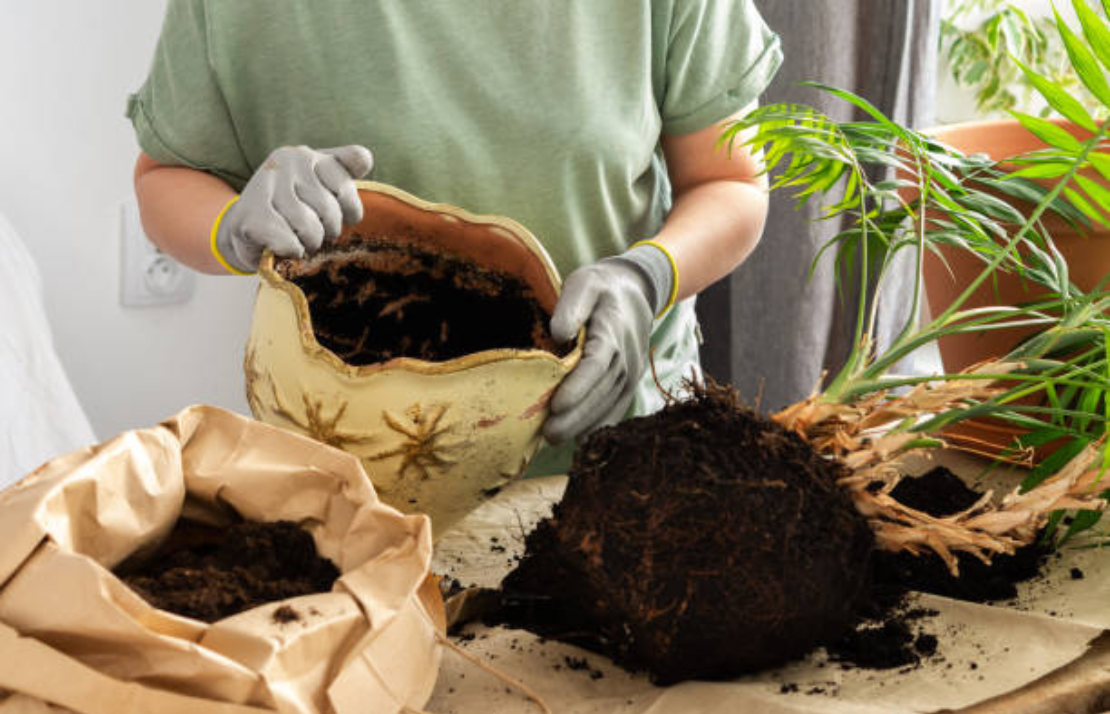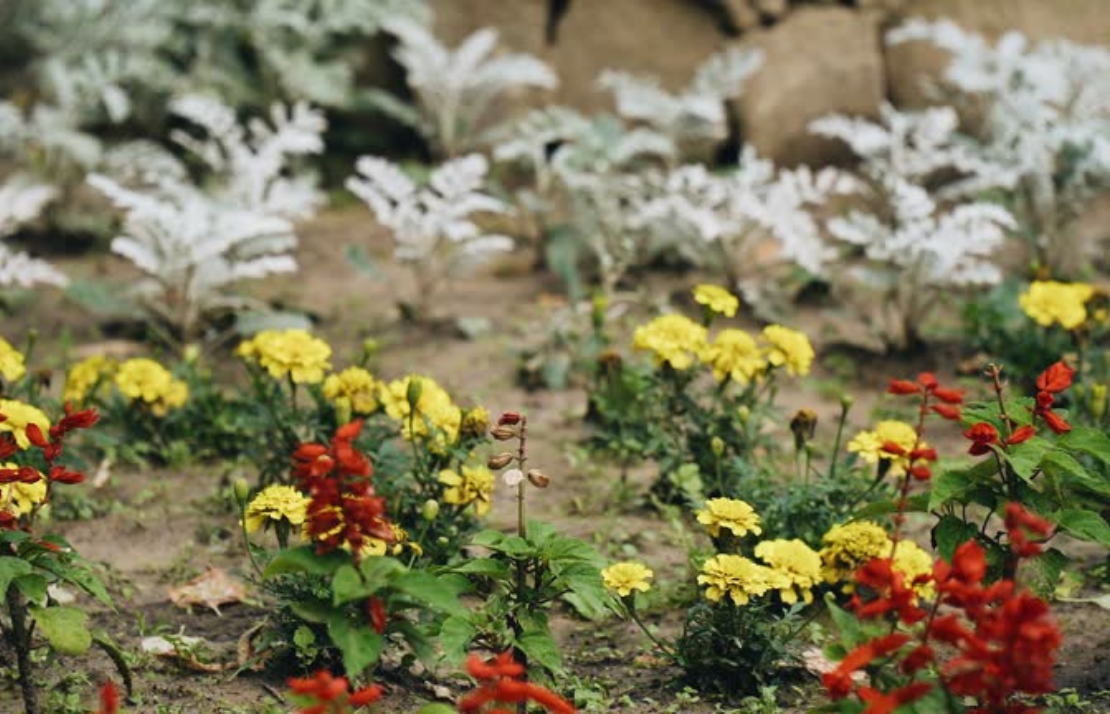
Terrace Garden
A terrace garden is a perfect solution for urban dwellers looking to grow plants in limited space. It transforms rooftops into green havens, offering a peaceful retreat and a way to enjoy nature amidst the city hustle. With careful planning, terrace gardens can accommodate flowers, herbs, vegetables, and even small trees. Proper irrigation, drainage, and soil selection are key to maintaining a healthy and vibrant garden.
Enquire Now
Garden Setup
Setting up a garden on your terrace requires careful planning and preparation. Start by assessing the space, ensuring it has proper sunlight and ventilation. Choose lightweight containers or raised beds to prevent structural damage. Select plants that suit the climate and space, such as succulents, herbs, or small vegetables. Install a reliable irrigation system to maintain moisture, and use well-draining soil for healthy growth. Finally, consider adding decorative elements like outdoor furniture or lighting to enhance the overall ambiance.
Enquire Now
Greenhouse Setup
Setting up a greenhouse on your terrace can extend your gardening season and protect plants from extreme weather. Start by selecting a sturdy structure that suits your space, ensuring it has proper ventilation and light filtration. Choose the right size based on the number of plants you want to grow. Use high-quality soil and pots, and install an efficient irrigation system to keep your plants hydrated. Ensure your greenhouse has enough airflow to prevent humidity buildup, and consider adding heaters or fans for temperature control during harsh seasons.
Enquire Now
Organic Vegetables
Growing organic vegetables on your terrace is a rewarding way to enjoy fresh, chemical-free produce. Choose vegetables that thrive in containers, like tomatoes, peppers, spinach, and lettuce. Use organic soil and compost to nourish your plants, and avoid chemical fertilizers or pesticides. Make sure your plants get enough sunlight and water regularly, but ensure proper drainage to prevent root rot. Adding organic mulch helps retain moisture and keeps weeds in check, giving you a healthy and sustainable crop all season long.
Enquire Now
Landscaping
Landscaping your terrace can transform it into a beautiful, functional outdoor space. Start by selecting a theme that suits your style, such as a tropical, minimalist, or cottage garden. Incorporate plants, flowers, and shrubs that thrive in your climate, considering their size and growth habits. Use creative elements like pathways, seating areas, or water features to enhance the look and feel. Consider adding lighting for ambiance and functionality during the evening. With thoughtful design and care, your terrace will become a stunning extension of your home.
Enquire Now
Re-Potting
Re-potting is essential for the health and growth of your plants, especially when they outgrow their current pots. Start by choosing a pot that's slightly larger than the current one, with good drainage holes. Gently remove the plant from its old pot, loosening the roots if they're compacted. Add fresh, well-draining soil to the new pot, placing the plant in the center. Ensure the plant is at the same depth as it was in the old pot. Water thoroughly after re-potting and place the plant in a suitable light environment to help it settle into its new home.
Enquire Now
Re-Arrangement
Re-arranging your plants can refresh the look of your space and give your plants a better chance to thrive. Start by assessing the light conditions in different areas of your space, as plants may need more or less sunlight. Group plants with similar water and care needs together. Consider varying plant heights and textures for visual interest, and move larger plants to the back or corners while placing smaller ones in the front. Don’t forget to check for proper drainage and airflow to avoid overwatering or stagnant conditions.
Enquire Now
Garden Maintenance & Care
Garden maintenance and care are key to keeping your plants healthy and vibrant. Regularly check for pests and diseases, and remove any dead or yellowing leaves to encourage new growth. Water plants based on their specific needs, ensuring the soil is neither too dry nor waterlogged. Fertilize periodically with organic or slow-release fertilizers to provide essential nutrients. Trim and prune plants to maintain their shape and promote healthy growth. Finally, keep an eye on the weather, providing extra protection during extreme conditions, such as heatwaves or frost.
Enquire Now